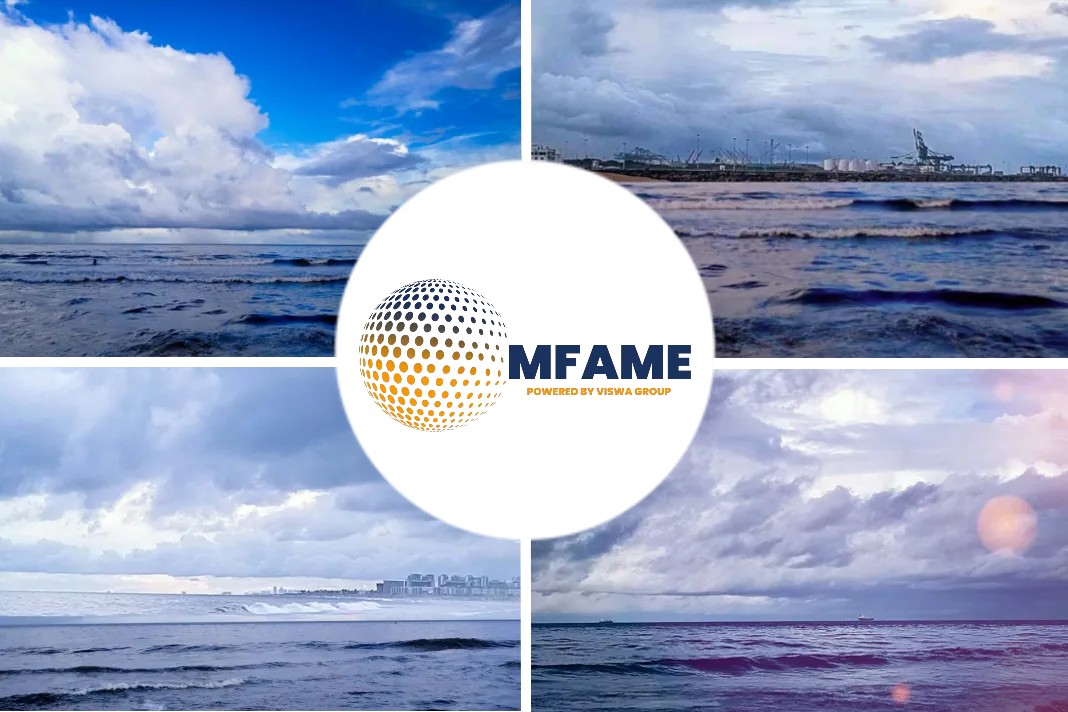- DNV GL launched the latest ice-class handysize bulk carrier, Federal Montreal from Oshima Shipbuilding, in assocaition with Fednav and Oshima.
- Federal Montreal is also called laker as its proportions have been specifically designed to navigate the St. Lawrence Seaway and the Great Lakes.
- The vessel was designed to emit 30% less GHG in comparison to similar vessels and features an eco-friendly machinery and equipment.
DNV GL applauds partners after launching an eco-friendly bulk carrier, reports Safety4sea.
DNV GL launched the latest 34,500 dwt ice-class handysize bulk carrier, Federal Montreal from Oshima Shipbuilding, in assocaition with Fednav and Oshima.
This represents the industry’s ideology about green shipping and sustainability.
High quality services to customers
Fednav, the Canadian shipowner operates a large fleet of mostly ice-class and ice-breaking bulk carriers in Arctic waters and around the world.
The delivery of Federal Montreal coincided with Fednav’s delivery of thier 50th DNV GL-classed vessel in the same year as their 75th anniversary is a fitting demonstration of their commitment to offering the highest-quality services to their customers with innovative and environmentally sensitive vessels.
The three partners highlighted that they share common goals for safety, innovation and quality.
Federal Montreal is a Laker
Federal Montreal is also called laker as its proportions have been specifically designed to navigate the St. Lawrence Seaway and the Great Lakes.
Lakers, in comparison to the typical bulk carriers, are narrower with a ratio of roughly 9 to 1, which is a challenge when it comes to very careful design considerations.
Federal Montreal will serve international shipping lanes, as well as up the St. Lawrence River and the Great Lakes region and is one of six newbuilds contracted to Oshima Shipbuilding as part of Fednav’s vessel replacement programme.
Lesser GHG emissions
The vessel was designed to emit 30% less GHG in comparison to similar vessels and features an eco-friendly machinery and equipment, including an Optimarin Ultraviolet ballast water treatment system.
Tom Paterson, senior VP Ship Owning, Arctic and Projects, at Fednav commented that, “Mutual trust and the quality of communication are key to the successful cooperation between Fednav, Oshima and DNV GL.”
Generation 4 Lakers
The partners are now fixated on ‘Generation 4’ lakers which will be Tier III-compliant and only consume about 19 tonnes of fuel per day at 14 knots, instead of 29 tonnes of fuel per day like the first-generation lakers constructed 20 years ago.
This new design will result in huge savings in fuel costs and emissions.
Following the environmental trend of reducing the carbon footprint, Fednav expressed its commitment on not using open-loop scrubbers and protect marine life from wash water pollution.
“Heavy fuel oil in general is becoming a thing of the past; its consumption is likely to be banned in the Arctic before long … Batteries and fuel cells add significant deadweight and encounter problems at very low ambient temperatures,” Mr Paterson added.
Sulphur limits compliance
In addition, Fednav began an experimental liquid hydrogen project in 1990, which although today seem more attention, there are additional challenges that they have to deal with.
The company now is in line with 2020’s demand and is compliant with the sulphur limits and ballast water treatment requirements, retrofitting its fleet early to avoid the expected bottleneck towards the end of 2019 when the dry docks were fully booked for scrubber and ballast water installations.
Concluding, Fednav is fully supporting shipping’s digitalization and applauds more flexible survey schedules and remote surveys.
Did you subscribe to our daily newsletter?
It’s Free! Click here to Subscribe!
Source: Safety4sea















